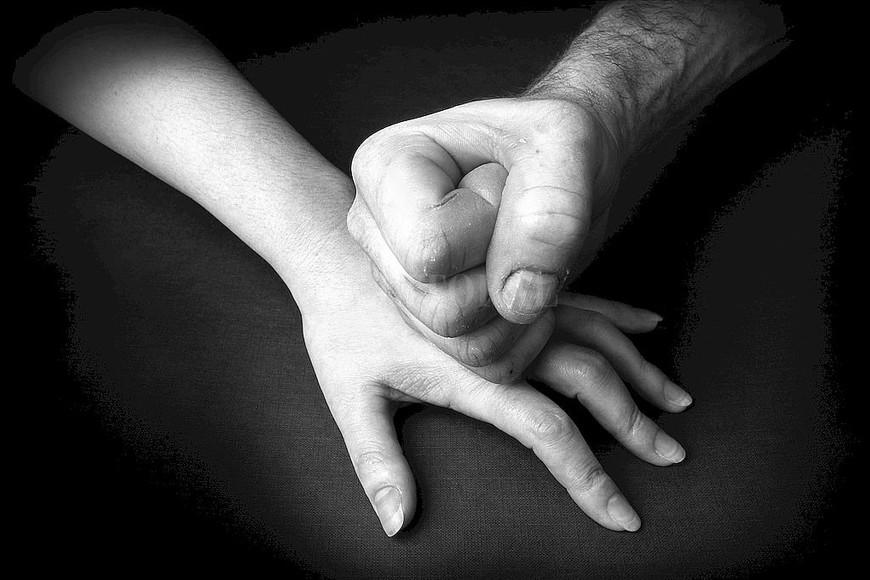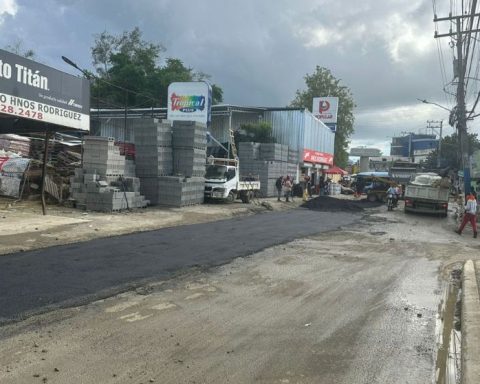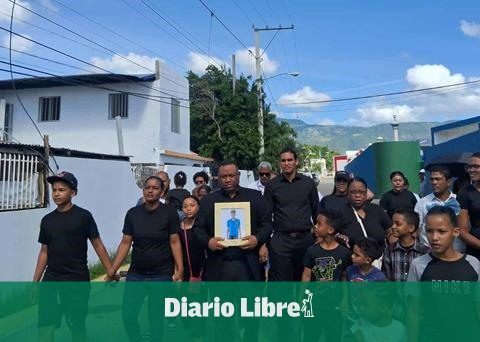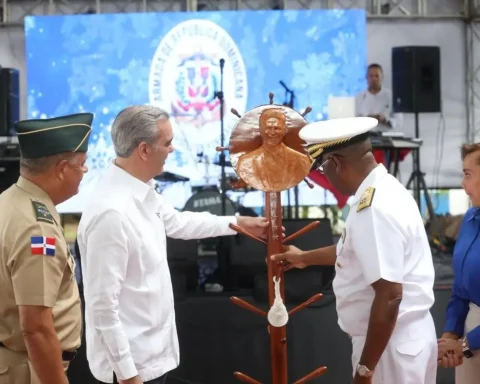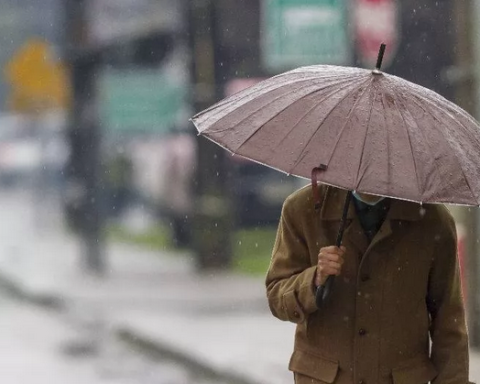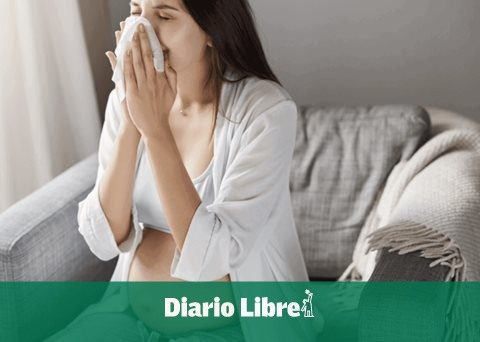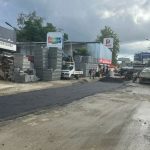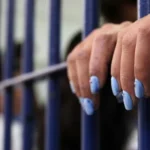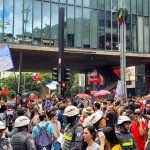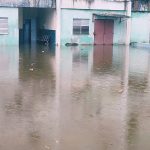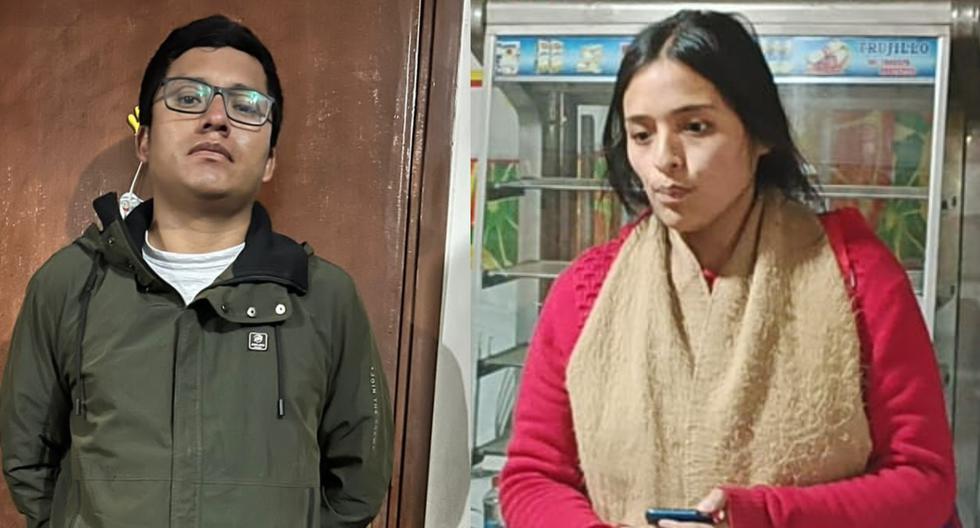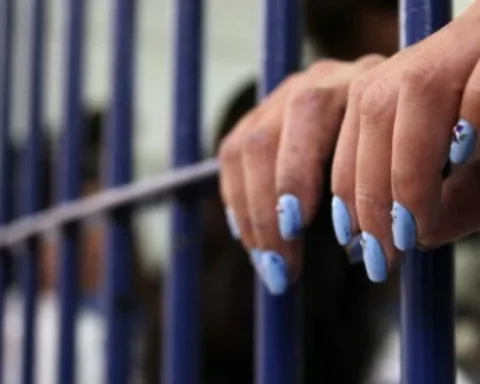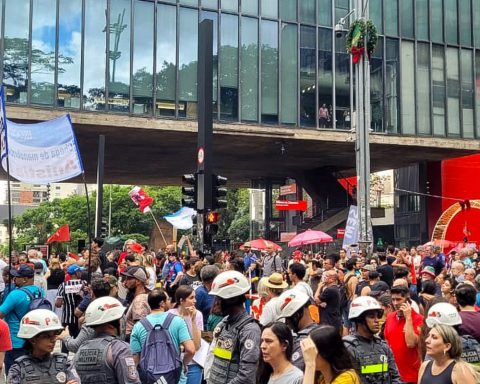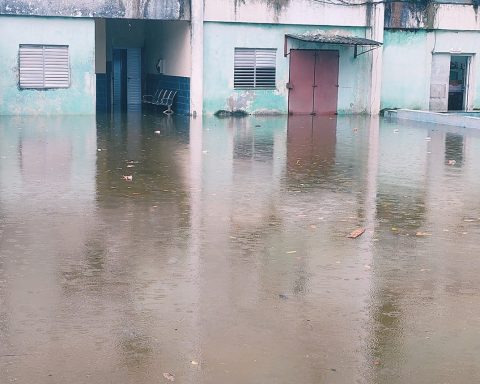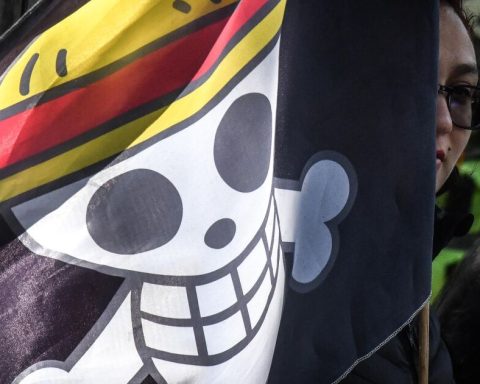Editorial America, (EFE).- The war deepens the vulnerability of women and girls around the world and Latin America is no exception: thousands of them have been killed, disappeared, displaced, sexually violated, recruited or live under threats from armed groups , a reality that, at the same time, reveals the female resistance in search of justice.
“I was kidnapped, tortured and abused by the military. They not only damaged my dreams, they destroyed my dignity, but I also felt that I had lost the value of being a woman”, indicates the testimony of one of the hundreds of victims of sexual violence in the conflict in Colombia.
Her case is an example of the situation in conflict zones in Latin America, where women and girls continue to live and resist the effects of violence, whether as displaced persons, migrants or inhabitants of combat areas.
“The greatest vulnerability is violence and being used by armed actors,” but there are other complex conditions that occur in even more fragile groups, such as migrants or displaced women, Alma Pérez, regional adviser on Peace, Security and UN Women Humanitarian Action.
UN data confirm that the female population is one of the main targets in the war: in 2021, 3,293 verified cases of sexual violence committed against women and girls were reported in 18 countries, including Colombia.
A year earlier, at least 35 murders of women human rights defenders, journalists or trade unionists were reported in 7 countries affected by conflict. That number, “an undercount,” according to the United Nations, exceeded the figures for 2018 and 2019.
PAIN
Indigenous leader Rosalina Tuyuc was 26 years old when her father was kidnapped in San Juan Comalapa, a town located about 80 km west of the Guatemalan capital and where a military barracks served as a detention and torture center during the internal war.
«I had always believed that I was going to locate him in the Comalapa detachment, because I know that he was taken there, tortured and murdered. But I did not find it. The cruelty was so great that it left that horror sealed », tells Efe Rosalina, who has spent four decades looking for the remains of her father and her husband, also kidnapped by state forces.
It is estimated that in that war (1960-1996), one of the largest armed conflicts in Latin America in recent decades, along with El Salvador and Colombia, more than 250,000 people were killed or disappeared and some 30,000 women were victims. of sexual violence.
In the case of El Salvador, there is no official record of how many women participated or were affected in the conflict (1980-1992), which pitted the Army, financed by the US, against the then guerrilla Farabundo Martí Liberation Front. Nacional (FMLN) and left 75,000 dead and some 8,000 disappeared.
What is known, the activist and former guerrilla Morena Herrera assures Efe, is that the Armed Forces “did not seek to hit the guerrillas, but the civilian population” and “the majority of victims of the massacres were girls, women and the elderly. ».
Both countries maintain open wounds as thousands of people, mostly mothers, daughters and wives, continue to search for missing relatives and there are numerous ongoing trials for abuses and massacres, such as the Mozote massacre in 1981, in which in three more days than a thousand men, women, boys and girls were killed by the Salvadoran Army.
WOMEN USED TO “MARK TERRITORY”
“It is in women’s bodies that conflict often takes place. A measured, clear, repeated and deliberate impact because it is a way to mark the territory, to mark a victory or to humiliate the enemy”, explains the UN Women advisor.
This is the case of Haiti, the poorest country in the Americas and where the UN reports sexual violence against women and girls, as well as recruited minors, in the context of the current wave of crimes by armed gangs, which have turned cities, including the capital, into battlefields.
The same scourge has marked Colombia, shaken for decades by a war between guerrillas, paramilitaries, drug traffickers, criminal gangs and the Army and where the Final Report of the Truth Commission concluded that the “armed actors were enrolled in the bodies of the women, they marked them, they violated them, they destroyed them».
“Women have been the great victims. Sexual violence is quite strong by all the armed groups,” confirms Gloria Luna Rivillas, from the Departmental Network of Women of Chocó (west), one of the most impoverished corners of Colombia and from where the conflict never left despite the signing of peace.
OTHER FIGHTS “TO DEATH”
“Here in the countryside, men have to go out to work and women have to go out to fight so that they end the theft of water,” Verónica Vilches, who has been fighting for more than 20 years from the Chilean province of Petorca, tells Efe ( center), one of the most affected by water scarcity, so that water is considered a human right.
“We have nothing, no water to grow crops, or to shower. And without water we cannot live, it is a life or death struggle,” laments Vilches, who reports having received several death threats.
The stories of Vilches and the Honduran Berta Cáceres, murdered in her home in 2016, are added to those of hundreds of Latin American women at risk for their work in defense of the land, the environment and the rights of their communities.
According to UN Women, the defense of the territory is a cause deeply connected to the feminine vocation of transformation and is one of the reasons that puts them in a situation of greater vulnerability.
Data from the UN and the Economic Commission for Latin America and the Caribbean (ECLAC) indicate that in Latin America, the most dangerous region in the world for these activists, 166 environmental defenders were murdered between 2015 and 2019.
For this reason, Rodrigo Bustos, executive director of Amnesty International in Chile, considers it “imperative to address the level of violence to which these women are exposed”, confirming the “harassment and attacks” against women defenders of water in the country.
The threat extends to countries such as Paraguay, where it is estimated that 2.85% of the owners own 85% of the land and in which the female leadership that calls for agrarian reform has emerged with much more force in the last decade, according to Marielle Palau, from the NGO Base Investigaciones Sociales.
“We have a permanent struggle for land because the concentration of land is too great,” says Teodolina Villalba, from the department of Guaira, who in 2012 became the first woman to head the general secretariat of the National Peasant Federation of Paraguay ( FNC).
JUSTICE AND RESISTANCE
There is still limited female participation in peace processes: between 1992 and 2019 only 13% of negotiators, 6% of mediators and 6% of signatories in major peace processes were women.
Yet hundreds of Latin American women have taken on a role as community leaders and seekers of redress on their own.
With them, Guatemala became a benchmark for justice in crimes of sexual violence, as they managed to get ex-military and ex-paramilitaries convicted of abuses in the indigenous community of Sepur Zarco.
«Women who are now grandmothers suffered the harassment of sexual slavery and the search for justice lasted 30 years. This process gave rise to the greatest advances in transitional justice for women and is a benchmark in different parts of the world”, Alma Pérez highlights.
“There are always active compañeras, compañeras who run the community and even run settlements, because we have struggles and conquests,” declares Paraguayan Villalba.
Morena Herrera agrees on this, a founding member of the feminist group Las Dignas, created in the period of the Peace Accords by those directly affected by the Salvadoran conflict and for whom “women have been the ones who opened up the space of struggle for democratic recovery and the demand for peace.
“We continue to believe in justice and as long as we are alive there will be a commitment to find justice,” says Rosalina, founder of the National Coordinator of Guatemalan Widows (Conavigua).
